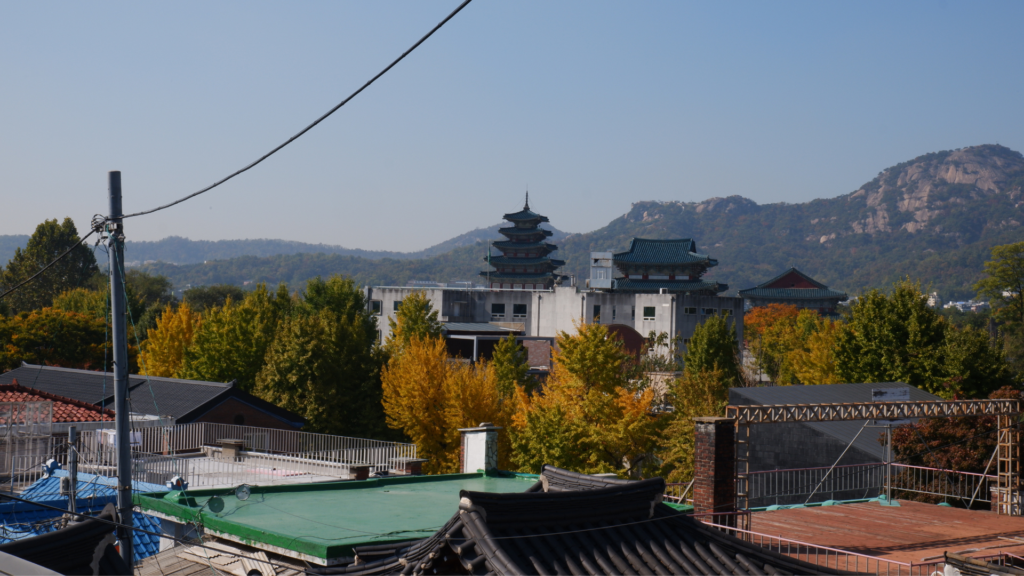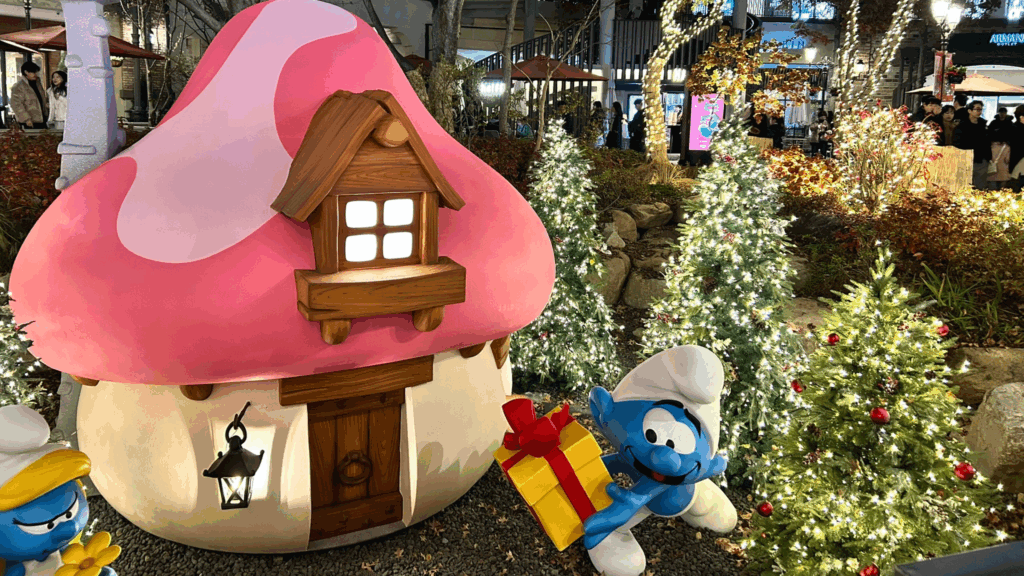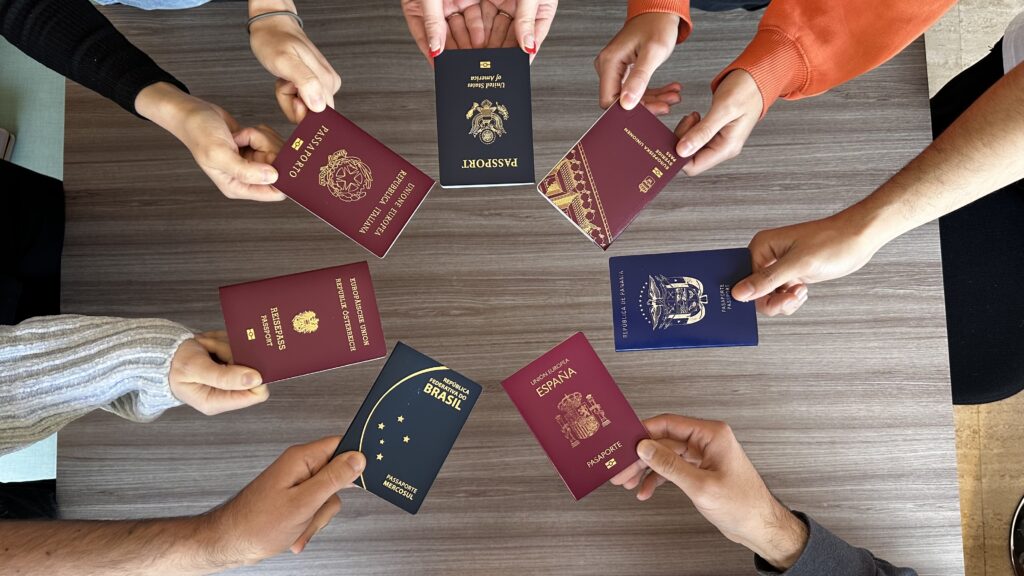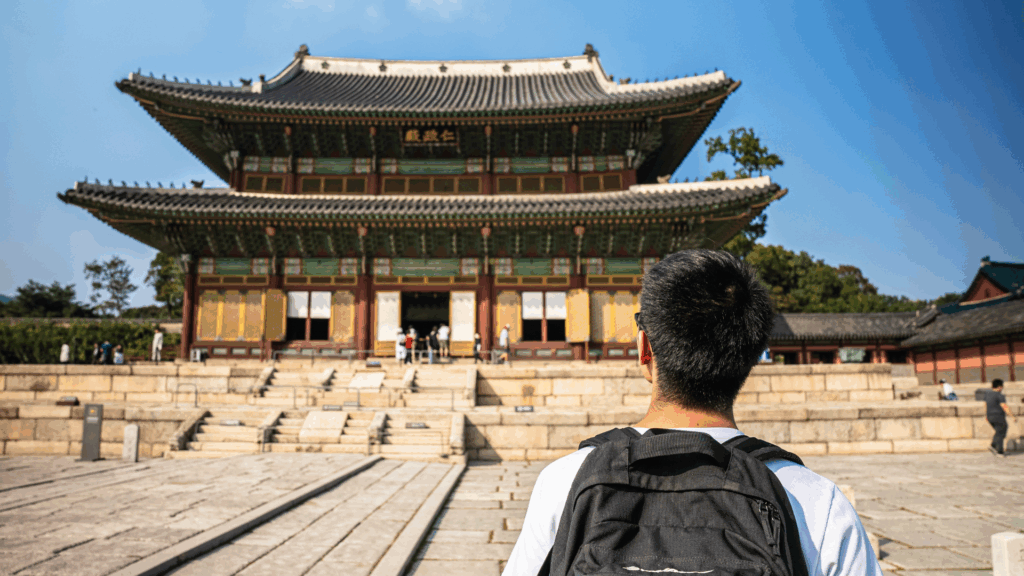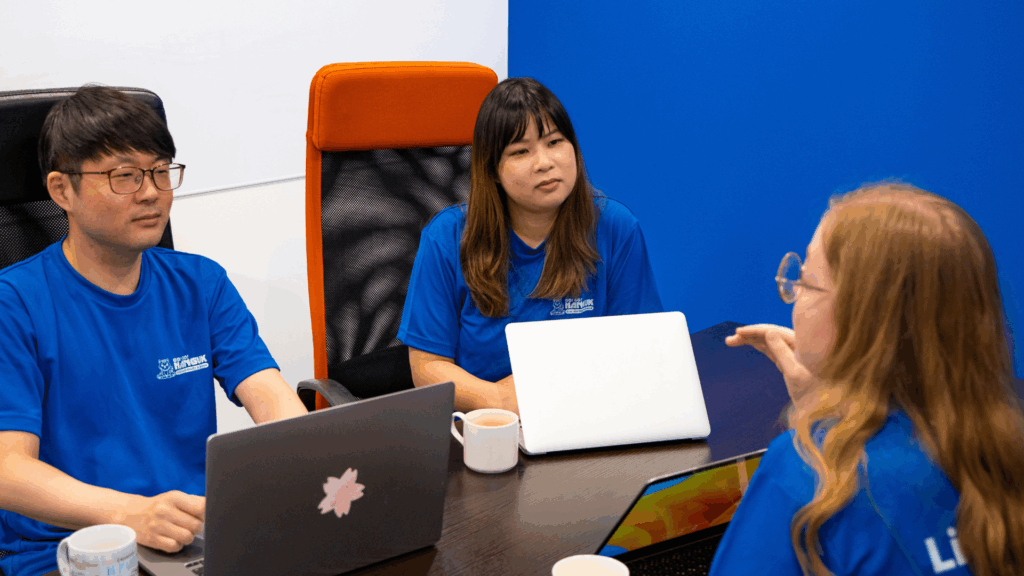Daegu (대구) might not be the first Korean city that comes to mind. However, it is one of the most accessible cities located in the middle of the country, with so much to offer. It’s Korea’s 4th largest city and contains a great balance of progressive and traditional.
Daegu is also known as Korea’s warmest location during the summer. This is due to the surrounding mountains trapping the sun’s warmth. If you want to enjoy the city without having to seek shade or relief from the heat, be sure to visit during the fall or spring.
Hiking and nature sights
Palgongsan (팔공산) houses the famous Gatbawi (갓바위) statue, Daegu’s most known attraction. The monumental Buddha statue is most notable for the flat rock that sits on the statue’s head explaining its name (‘gat’ meaning traditional hat and ‘bawi’ meaning rock). The statue is known to honor prayers and is a popular place for locals to hike up and pray. Getting to the statue is not difficult at all, taking about 45 minutes to reach the peak, you can take in the sights and see one of the biggest draws of the city.
While you’re at Palgongsan, you can also visit Donghwasa Temple (동화사) that has the 17 meter tall Buddha statue. If you are also interested in Buddhist culture, you can also do an overnight templestay to experience the unique monastic life.
Apsan Park (앞산공원), one of the largest urban-eco parks in Daegu, is a perfect place for a hike to take in the city view. The top is reachable by foot or cable car. It also is home to the Nakdong River Battle museum, a small museum dedicated to the soldiers and civilians that fought and died during the Korean War. You can also check out the various beautiful gardens or Buddhist temples to really bring out the zen in you.

The traditional side of Daegu
Yangnyeongsi (약령시) market is the oldest and largest herbal medicine market in Korea. Going all the way back to 1658, this market is definitely a place to visit, not only because of its history but you might also be able to learn a thing or two about traditional medicine. This unique market is the perfect way to experience the traditional aspects of Daegu.
If you’re looking for more traditional experiences, check out Otgol Village (옻골마을), located just outside of Daegu. This quaint village has about 20 hanoks (한옥, traditional Korean houses) and offers a beautiful look into the traditional life of Daegu.
da
Unique and fun experiences
Alive Aquarium is the perfect way to escape the Daegu summer heat. The aquarium hosts over 200 types of marine life and animals. It also is home to Korea’s first 2,000 ton tank split into four different zones based on different themes.
Take some time to explore E-World, Daegu’s own amusement park filled with rides for all ages and all risk-takers. Four different parks hold different rides and attractions: Fantasy World, Magic World, Adventure World, and Dynamic World.
Duryu Park (두류공원) is a popular relaxation spot and is home to the Daegu tower, the tallest observation tower in Korea. The park also holds the Dalgubeol Lantern Festival (달구벌 등불 축제), held during Buddha’s birthday celebrations where thousands of beautiful lanterns float above the park. The park also has the Colorful Daegu sign, perfect for your social media posts.
Daegu isn’t a stranger to Korea’s ever-growing cafe culture. The city has an entire street dedicated to it where you can explore all kinds of local coffee shops and take some time to energize yourself for the beautiful sights of the city.
Offering you the history of traditional life mixed in with a lively modern twist, Daegu is definitely a place to check out. It’s only 4 hours away from Seoul, making it a must on your list of to-dos in Korea.
Keep following the Go! Go! Hanguk blog and contact us if you want to live and study in Korea.

